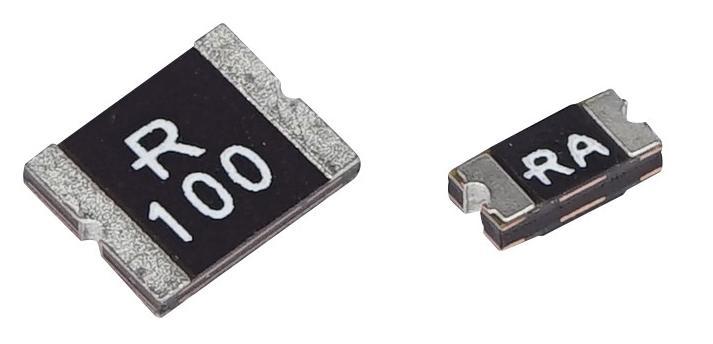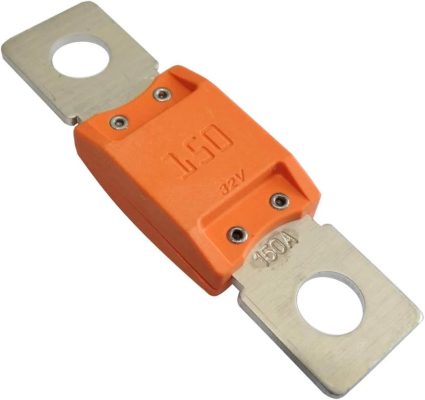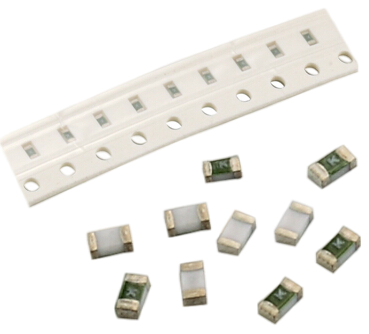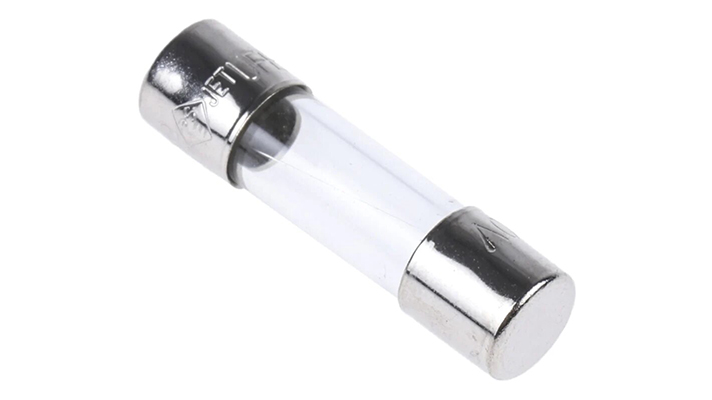Protecting Car Navigation Systems with Glass Fuses: Key Insights and Benefits
News 2025-10-27
Glass fuses play a critical role in safeguarding car navigation systems, ensuring reliable operation amid the complexities of automotive electronics. These components act as essential barriers against electrical faults, preventing damage from overloads or short circuits. In modern vehicles, where navigation systems integrate with GPS, infotainment, and connectivity features, the use of glass fuses helps maintain system integrity. By breaking the circuit during abnormal current surges, glass fuses protect sensitive components, reducing the risk of system failures during drives. This protection is vital for enhancing safety and performance in everyday automotive applications.

Application Scenarios
Glass fuses are commonly employed in various scenarios within car navigation systems. For instance, they are integrated into power supply lines to shield against voltage spikes that can occur from battery fluctuations or external interferences. In advanced setups, such as those with touchscreen displays and real-time traffic updates, fuses prevent cascading failures if a component malfunctions. Additionally, in hybrid or electric vehicles, where navigation systems draw power from multiple sources, glass fuses offer targeted protection, ensuring that navigation remains operational even under stress. This makes them indispensable in both standard and high-end automotive designs, where reliability is paramount.
Performance Advantages
One of the key strengths of glass fuses in car navigation protection is their rapid response time to overcurrent conditions, which minimizes potential damage. Unlike some alternatives, glass fuses provide precise current ratings, allowing for accurate circuit safeguarding without unnecessary interruptions. Their transparency also enables easy visual inspection for faults, a practical feature for technicians during maintenance. Furthermore, these fuses exhibit high thermal stability and resistance to environmental factors like vibration and temperature changes, common in automotive settings. This durability ensures long-term performance, making glass fuses a cost-effective choice for enhancing the resilience of navigation systems.
Frequently Asked Questions
1. What is the primary function of a glass fuse in a car?
Answer: It protects the electrical circuit by melting and breaking the connection when current exceeds safe levels, preventing damage to components like the navigation system.
2. How do glass fuses compare to other fuse types for automotive use?
Answer: Glass fuses offer better visibility for inspection and precise current handling, though they may be less robust in extreme conditions compared to ceramic fuses.
3. Can a blown glass fuse be replaced easily in a car navigation system?
Answer: Yes, they are designed for simple replacement, often requiring only basic tools, which makes them user-friendly for quick repairs.


